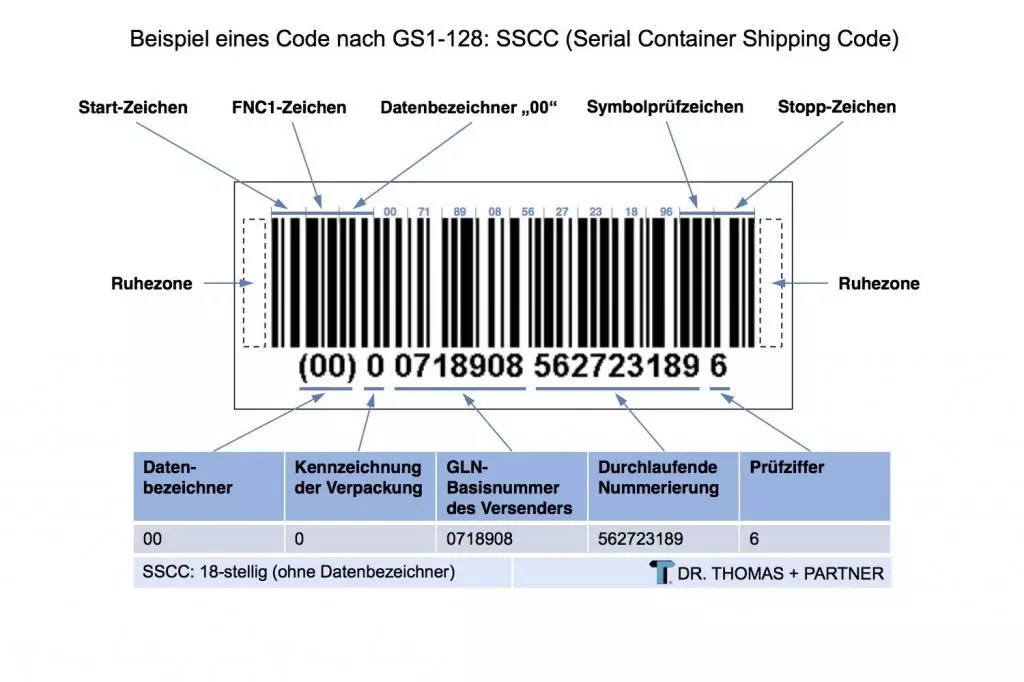Barcodes have successfully established themselves over other systems in recent years. The barcode is a binary code consisting of an array of parallel bars and separation gaps.
These are arranged according to a predetermined image and are interpreted as specific characters or character strings. The reading can be done with a laser scanner. The different reflection of a laser beam on the black lines and white gaps is evaluated. The reading can also be done with a CCD (Charge-Coupled-Device) reader. The CCD reader is constructed like a barcode camera with a CCD line. The code is imaged with sufficient contrast on the CCD line and evaluated.
Development of the barcode
The most widespread barcode is the EAN code (European Article Number), which was designed for the European food trade in 1976. The goal of the EAN was to ensure a Europe-wide unique identification of articles. After only a few years, EAN coding was also used in Asia, Africa, Australia and South America. In 2002, the globally active umbrella organization EAN was merged with the North American UCC (Uniform Code Council) to form the current GS1 (Global Standards 1). Consequently, a new term should be established for the compatible identification systems EAN and UPC (Uniform Product Code): GTIN (Global Trade Item Number). GS1 hopes to achieve a worldwide unique identification of articles and services.
GS1 standard
Even during production, the GS1 standard is an integral part of the value chain. During the procurement and manufacture of products, each individual item and the product itself is assigned a Global Trade Item Number, or GTIN for short (unique article number). This is followed by information for further processes such as storage, transport, delivery, trade and return. They are all usually stored together on the code variant “GS1-Standard 128“. Each article thus receives a distinctive label that identifies it within a specific packaging hierarchy.
The individual data element generally consists of the two to four-digit data identifier (see graphic) and the subsequent data content, for example, the expiration date. In addition to the batch number and the expiration date mentioned, it can also store the article description, transport unit, identification and classification number, lot number and the net weight.
Advantages of GS1 standard:
– Fast capture at the goods receipt or in the middle of the flow of goods
– Flexible and fast creation of data carriers and labels
– Inexpensive data storage medium
– Can be combined with plain text on one data carrier
– 16,000 and more scans per second, at a conveyor speed of 2.3 meters per second
– Verifiable error-free barcode capture
– Fewer manual processes, but more automation
– Data reconciliation at one acquisition station in real-time
More information about barcodes can be found under Overview of different barcode types.
Image source: © Stauke – Fotolia.com
Also available in Deutsch (German)
